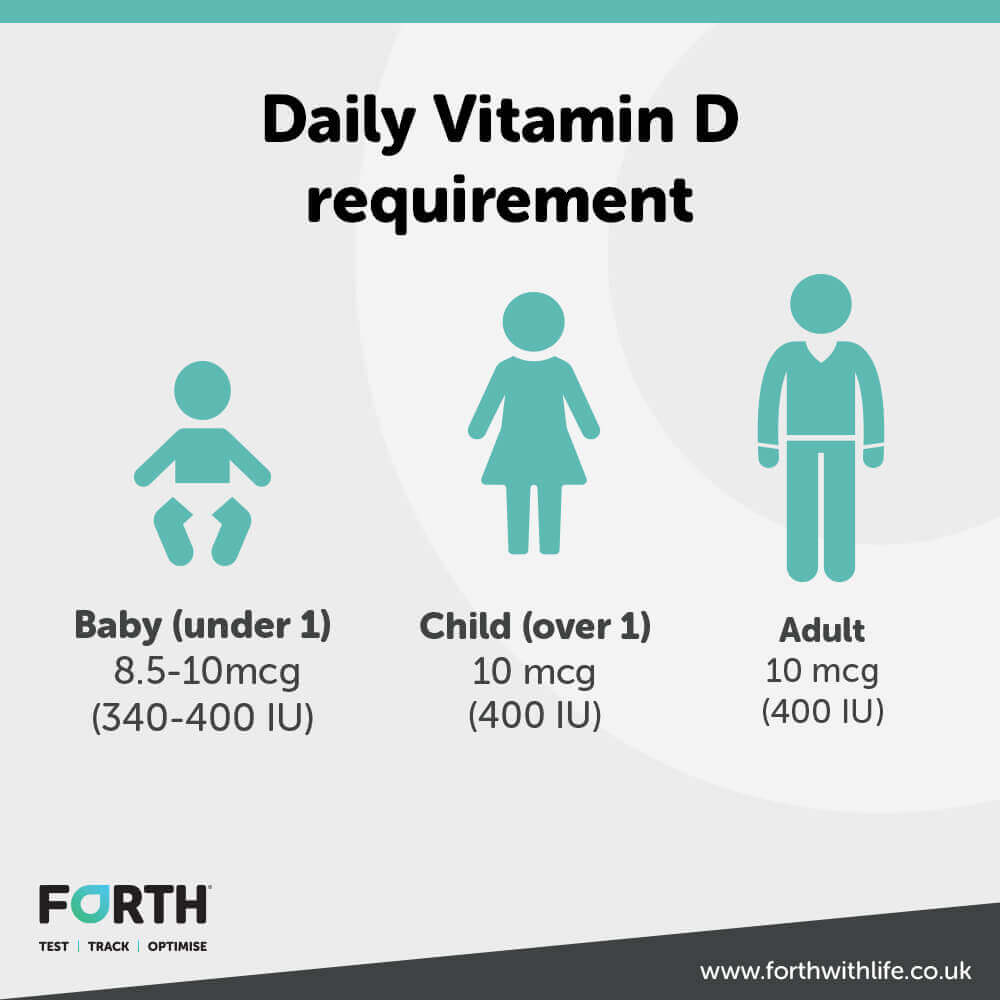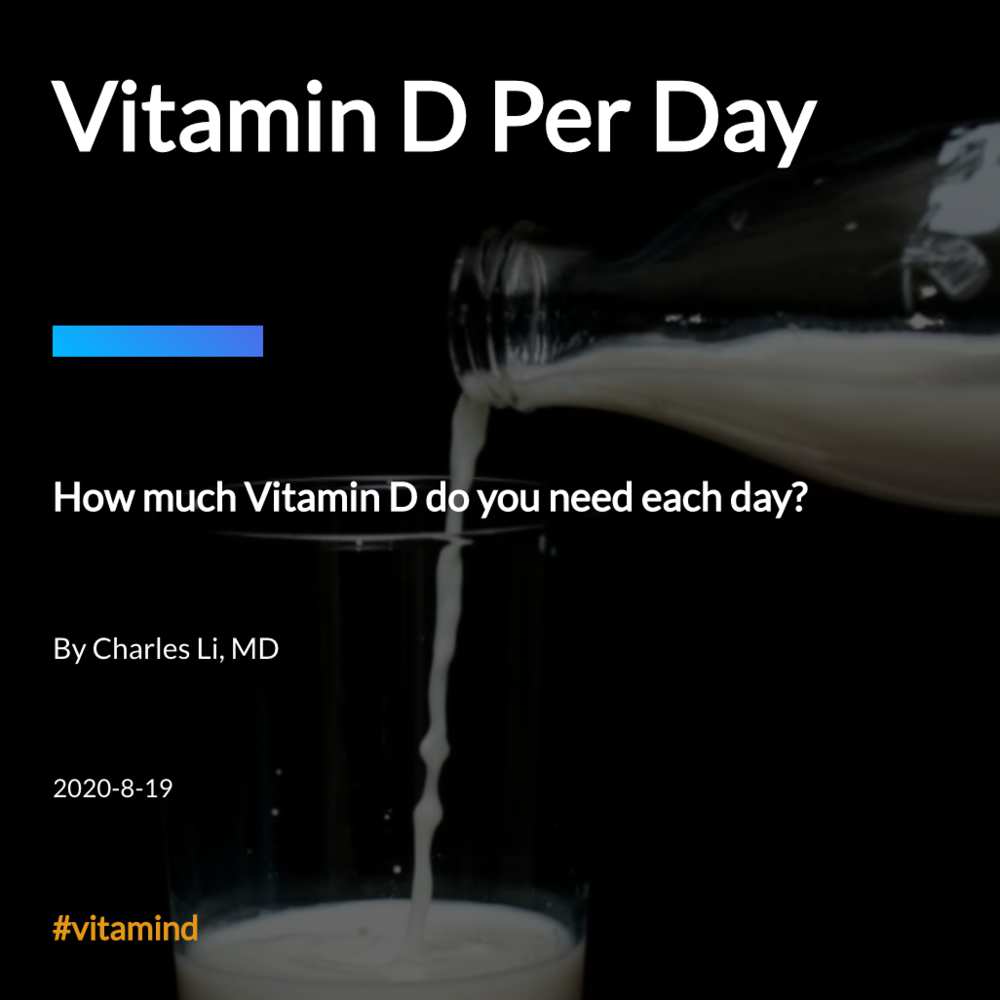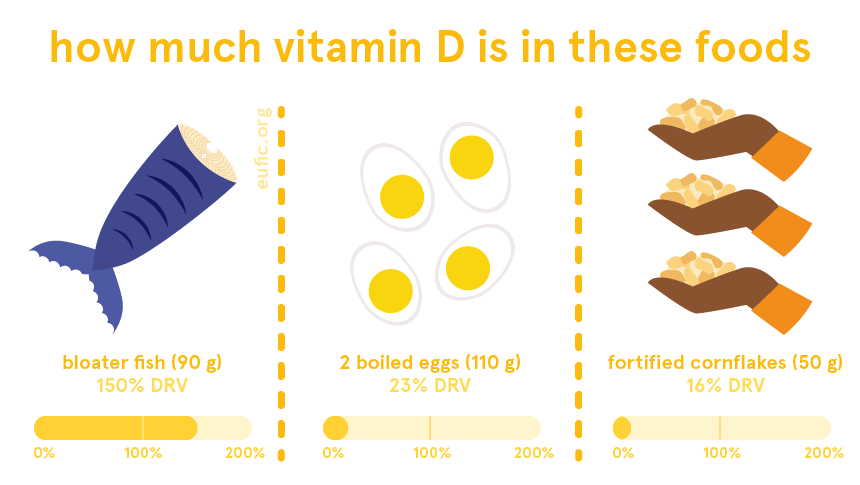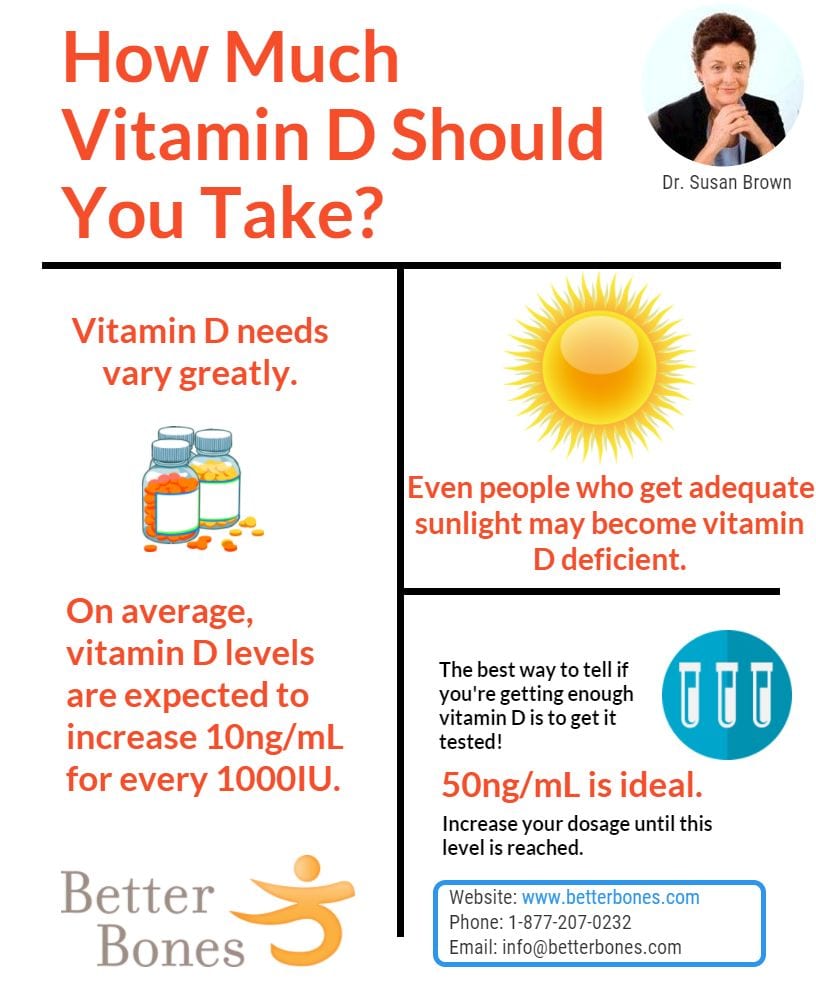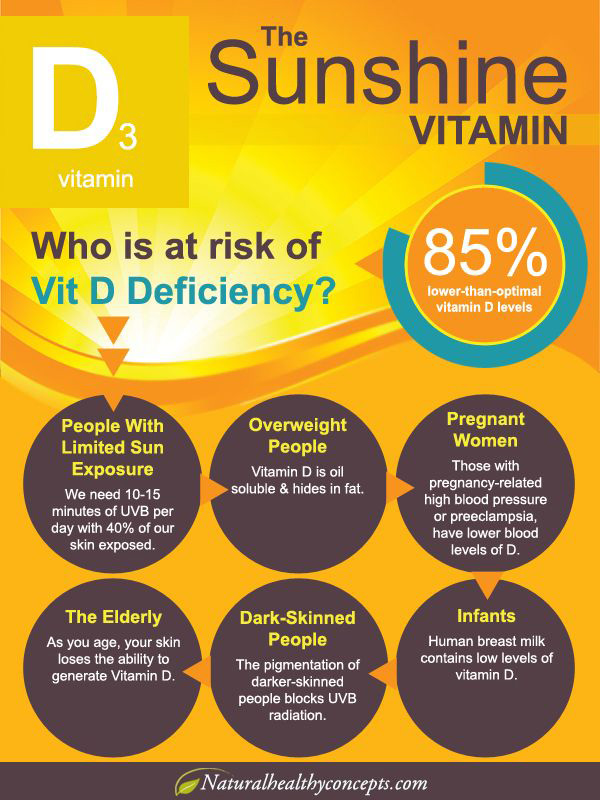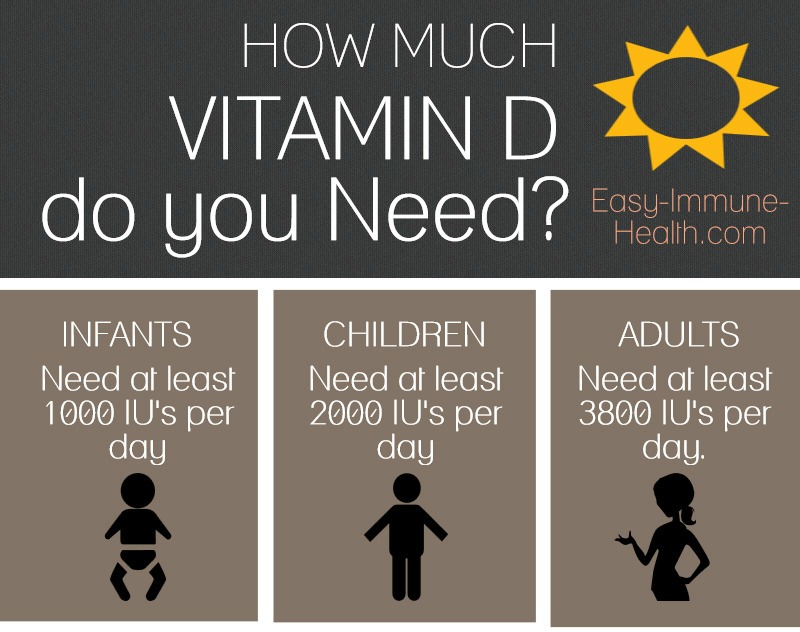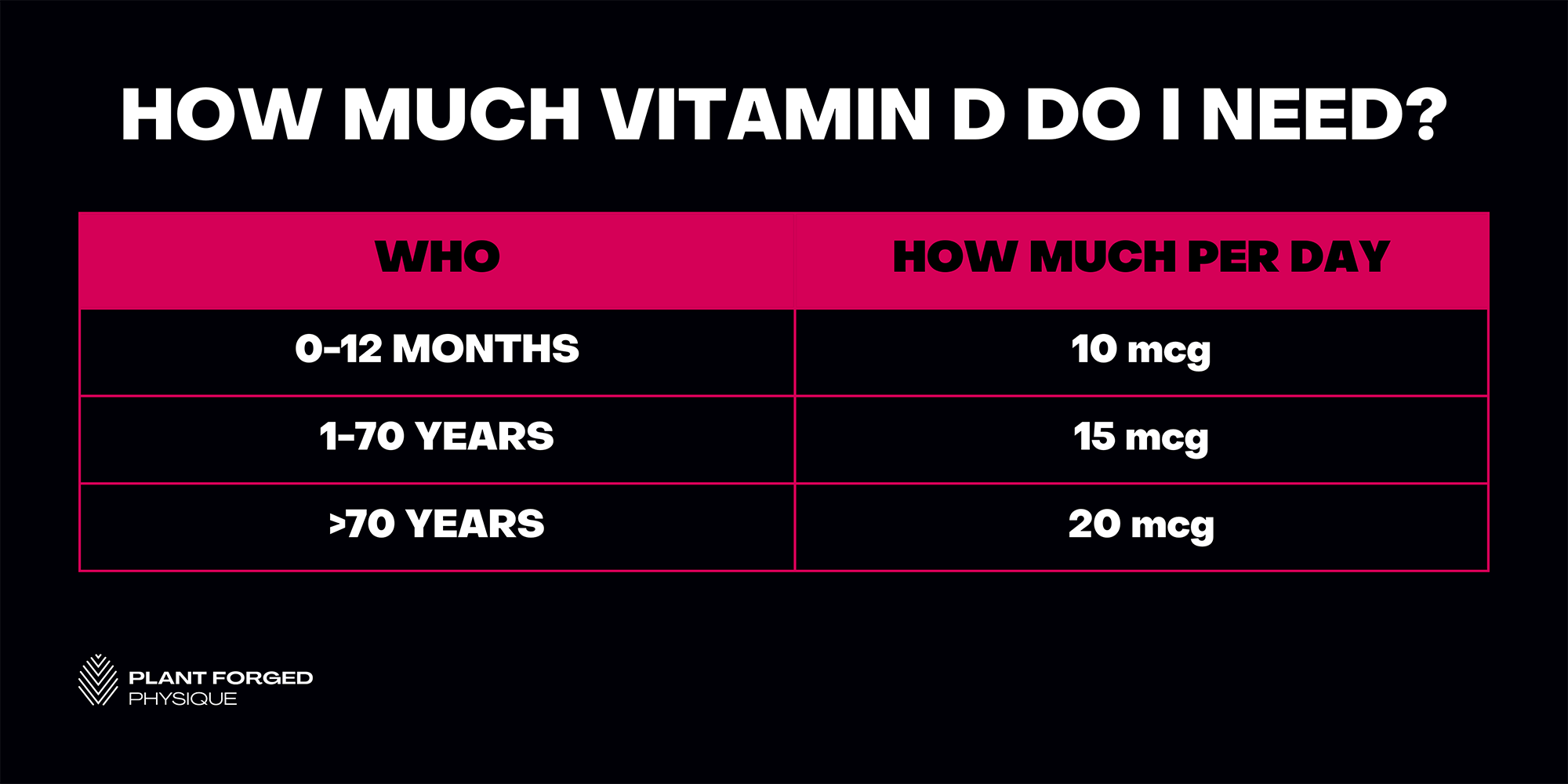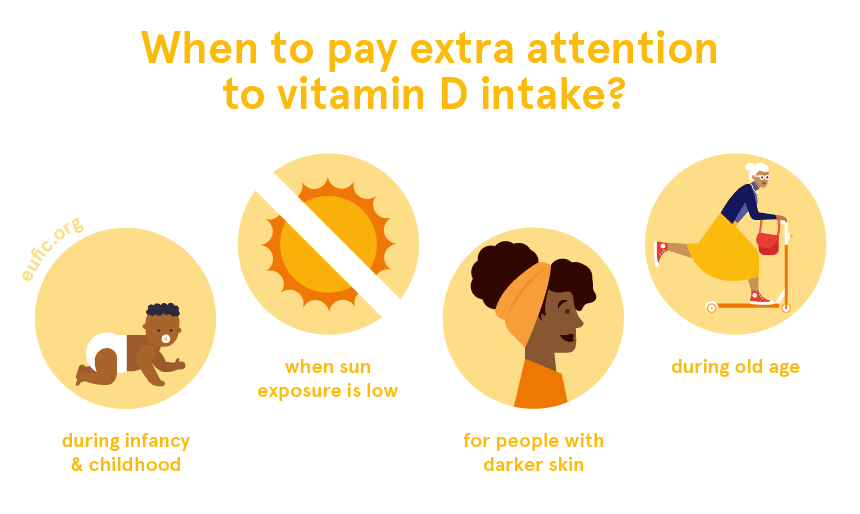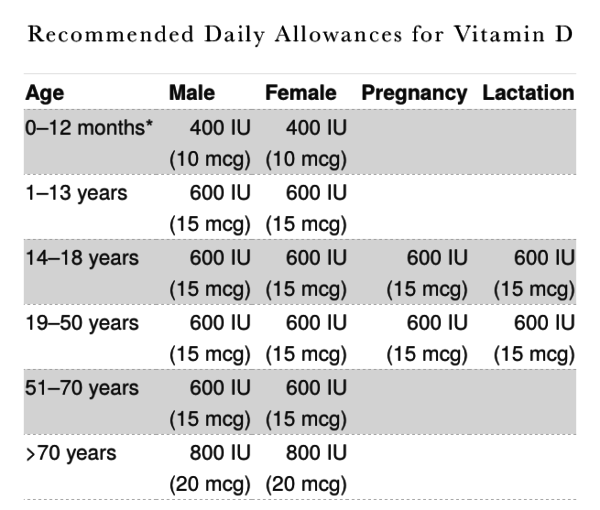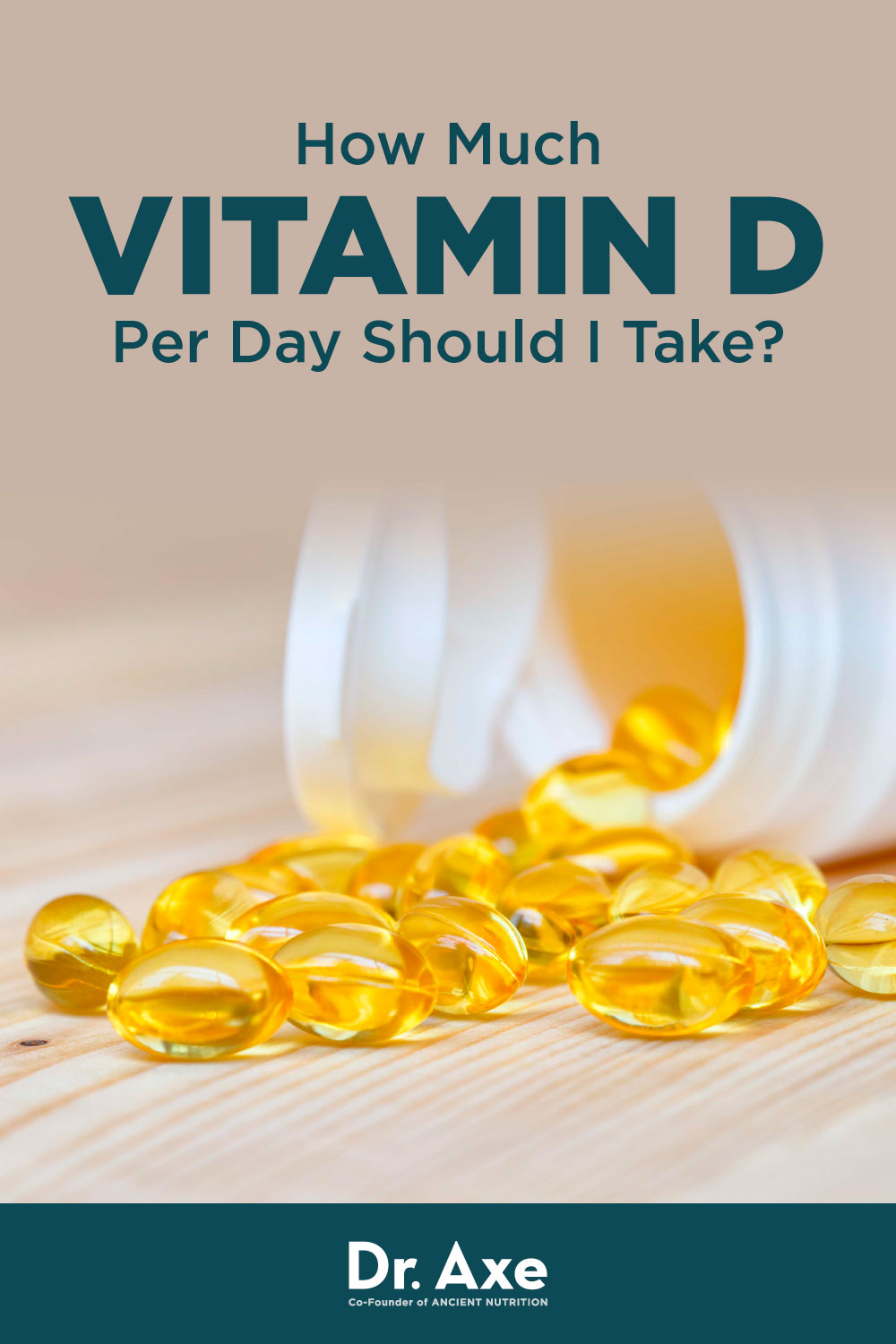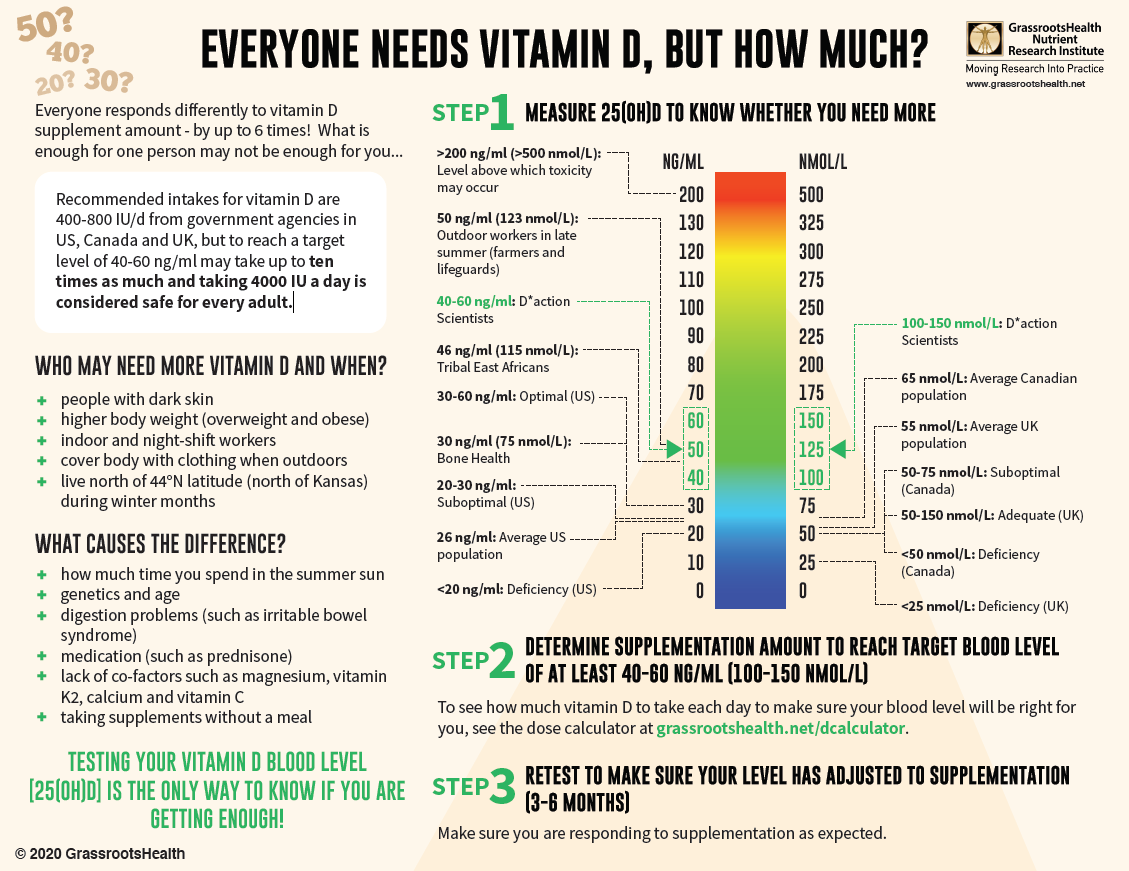How Much Vitamin D Do We Need A Day
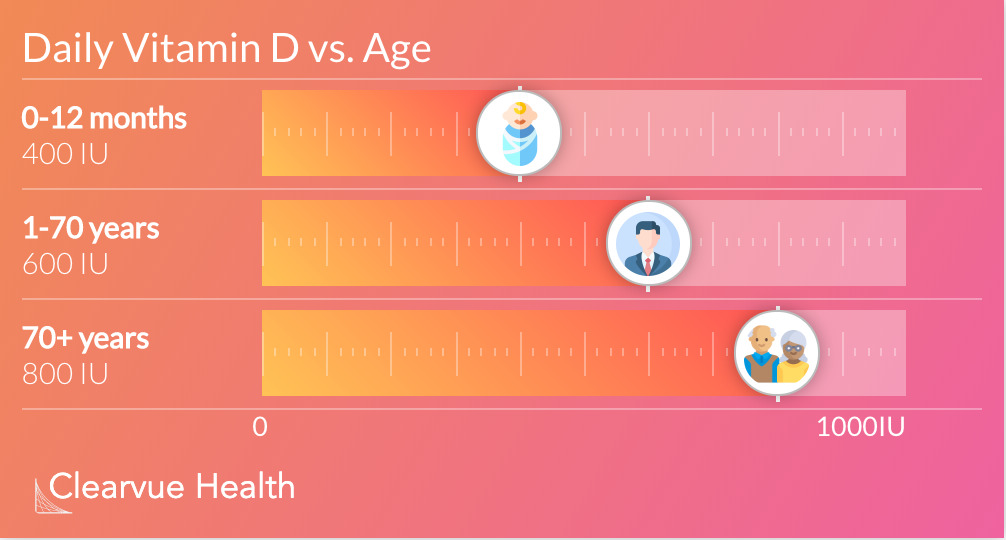
The "sunshine vitamin," Vitamin D, is crucial for bone health, immune function, and potentially even protection against chronic diseases. But how much do we really need each day, and are we getting enough? Recent research and evolving guidelines are prompting individuals and healthcare professionals to re-evaluate daily Vitamin D intake recommendations.
Understanding the complexities of Vitamin D requirements is vital for maintaining optimal health across all age groups and demographics. This article will explore the current recommended daily intakes, factors influencing individual needs, and the potential consequences of both deficiency and excess. We’ll also examine the latest scientific findings shaping our understanding of this essential nutrient.
Recommended Daily Intake: What the Experts Say
According to the National Institutes of Health (NIH), the recommended daily allowance (RDA) of Vitamin D varies depending on age. For adults aged 19-70, the RDA is 600 international units (IU), while for adults over 70, it increases to 800 IU.
Infants up to 12 months require 400 IU of Vitamin D daily, and children and adolescents need 600 IU. These recommendations are primarily based on maintaining bone health and preventing rickets in children and osteomalacia in adults.
However, some experts believe these recommendations are insufficient for optimal health in many individuals. The Vitamin D Council, for example, suggests a higher intake, advocating for 5,000 IU daily for most adults, while emphasizing the importance of individual testing to determine optimal levels.
Factors Influencing Vitamin D Needs
Several factors can significantly influence an individual's Vitamin D needs. These include skin pigmentation, geographic location, age, diet, and certain medical conditions.
Individuals with darker skin pigmentation require more sun exposure to produce Vitamin D, as melanin acts as a natural sunscreen. People living in northern latitudes, particularly during winter months, also face challenges in obtaining sufficient Vitamin D from sunlight alone.
Older adults often have decreased skin synthesis and kidney function, impacting their ability to convert Vitamin D into its active form. Certain medical conditions, such as Crohn's disease and celiac disease, can also impair Vitamin D absorption from food.
Sources of Vitamin D: Sun, Food, and Supplements
The primary source of Vitamin D is sunlight exposure, where ultraviolet B (UVB) radiation triggers Vitamin D synthesis in the skin. However, sun exposure alone may not be sufficient, especially for those with limited outdoor time or residing in areas with low sunlight availability.
Few foods naturally contain significant amounts of Vitamin D. Fatty fish, such as salmon, tuna, and mackerel, are good sources. Fortified foods, including milk, cereal, and orange juice, also contribute to Vitamin D intake.
Vitamin D supplements are widely available and offer a reliable way to ensure adequate intake, particularly for those at risk of deficiency. Vitamin D3 (cholecalciferol) is generally considered more effective than Vitamin D2 (ergocalciferol) in raising blood levels of Vitamin D.
Risks of Deficiency and Excess
Vitamin D deficiency can lead to various health problems, including bone pain, muscle weakness, and increased risk of fractures. In children, severe deficiency can cause rickets, a condition characterized by soft and weakened bones.
Chronic Vitamin D deficiency has also been linked to an increased risk of several chronic diseases, such as cardiovascular disease, type 2 diabetes, and certain types of cancer. However, more research is needed to confirm these associations.
While Vitamin D deficiency is a common concern, excessive intake can also be harmful. Vitamin D toxicity, or hypervitaminosis D, can lead to nausea, vomiting, muscle weakness, and kidney problems.
The Importance of Individualized Recommendations
Determining the optimal Vitamin D intake should ideally be an individualized process, taking into account various factors. Consulting with a healthcare professional is recommended to assess individual risk factors and determine the appropriate dosage.
A simple blood test can measure Vitamin D levels and help guide supplementation strategies. Aiming for a blood level within the optimal range is crucial for maximizing the benefits of Vitamin D without risking toxicity.
Ultimately, maintaining adequate Vitamin D levels is a key component of overall health and well-being. By understanding the factors influencing individual needs and adopting a balanced approach to supplementation and lifestyle, individuals can optimize their Vitamin D status and reap its numerous health benefits.
